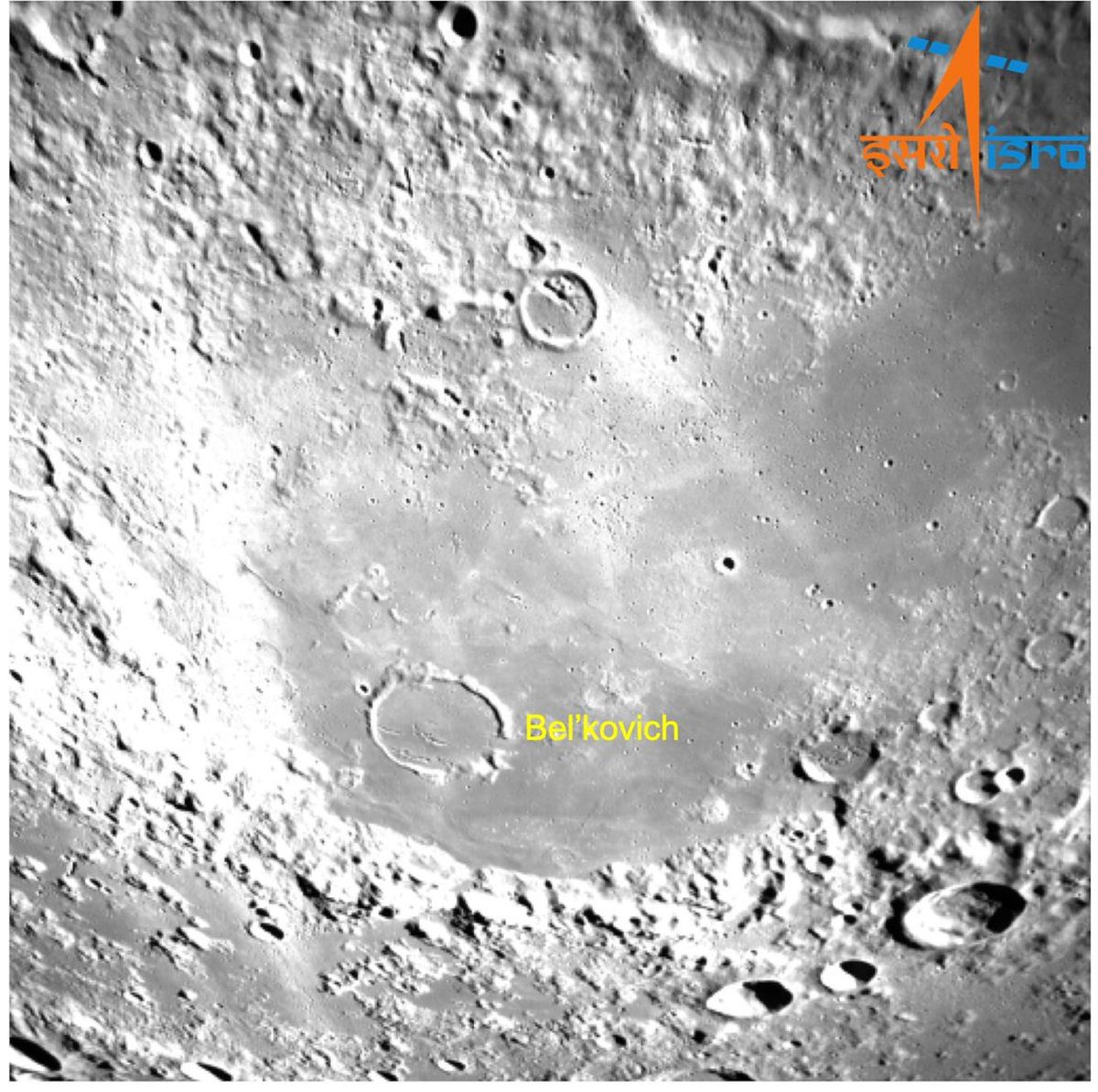India's moon landing and the '17 minutes of terror'
August 22, 2023 12:34

ISRO's ambitious third moon mission Chandrayaan-3's Lander Module (LM) is all set to land on the lunar surface on Wednesday evening, as India eyes to become the first country to reach the uncharted south pole of Earth's only natural satellite.
The LM comprising the lander (Vikram) and the rover (Pragyan), is scheduled to make a soft-landing near the south polar region of the Moon at 6:04 pm on Wednesday.
If the Chandrayaan-3 mission succeeds in making a touchdown on moon and in landing a robotic lunar rover in ISRO's second attempt in four years, India will become the fourth country to master the technology of soft-landing on the lunar surface after the US, China and the erstwhile Soviet Union.
Chandrayaan-3 is a follow-on mission to Chandrayaan-2 and its objectives are to demonstrate safe and soft-landing on the lunar surface, roving on the Moon, and to conduct in-situ scientific experiments.
Chandrayaan-2 had failed in its lunar phase when its lander 'Vikram' crashed into the surface of the Moon following anomalies in the braking system in the lander while attempting a touch down on September 7, 2019. Chandrayaan's maiden mission was in 2008.
The Rs 600 crore Chandrayaan-3 mission was launched on July 14 onboard Launch Vehicle Mark-III (LVM-3) rocket, for a 41-day voyage to reach near the lunar south pole.
The soft-landing is being attempted days after Russia's Luna-25 spacecraft crashed into the Moon after spinning out of control. After the second and final deboosting operation on August 20, the LM is placed in a 25 km x 134 km orbit around the Moon.
The module would undergo internal checks and await the sun-rise at the designated landing site, ISRO has said, adding that the powered descent -- to achieve soft-landing on the Moon's surface -- is expected to be initiated at around 5:45 pm on Wednesday.
The critical process of soft-landing has been dubbed by many including ISRO officials as "17 minutes of terror", with the entire process being autonomous when the lander has to fire its engines at the right times and altitudes, use the right amount of fuel, and scan of the lunar surface for any obstacles or hills or craters before finally touching down.
After checking all the parameters and deciding to land, ISRO will upload all the required commands from its Indian Deep Space Network (IDSN) at Byalalu near here, to the LM, a couple of hours before the scheduled time touchdown..





 © 2024 Rediff.com -
© 2024 Rediff.com -